Refine listing
Actions for selected content:
2251 results in Cambridge Elements
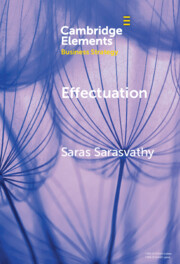
Effectuation
- Rethinking Fundamental Concepts in the Social Sciences
-
- Published online:
- 25 May 2024
- Print publication:
- 13 June 2024
-
- Element
- Export citation
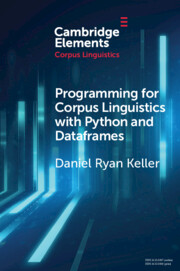
Programming for Corpus Linguistics with Python and Dataframes
-
- Published online:
- 24 May 2024
- Print publication:
- 20 June 2024
-
- Element
- Export citation
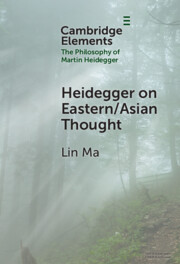
Heidegger on Eastern/Asian Thought
-
- Published online:
- 24 May 2024
- Print publication:
- 24 October 2024
-
- Element
- Export citation
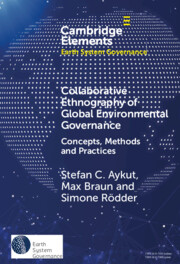
Collaborative Ethnography of Global Environmental Governance
- Concepts, Methods and Practices
-
- Published online:
- 23 May 2024
- Print publication:
- 13 June 2024
-
- Element
-
- You have access
- Open access
- HTML
- Export citation
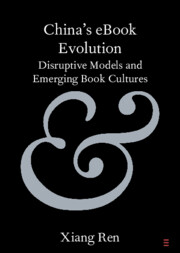
China's eBook Evolution
- Disruptive Models and Emerging Book Cultures
-
- Published online:
- 23 May 2024
- Print publication:
- 13 June 2024
-
- Element
- Export citation
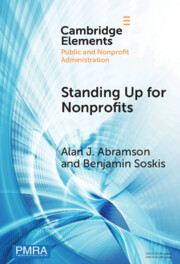
Standing Up for Nonprofits
- Advocacy on Federal, Sector-wide Issues
-
- Published online:
- 23 May 2024
- Print publication:
- 13 June 2024
-
- Element
-
- You have access
- Open access
- HTML
- Export citation
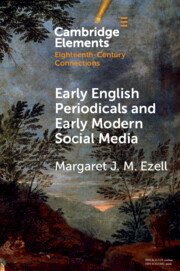
Early English Periodicals and Early Modern Social Media
-
- Published online:
- 23 May 2024
- Print publication:
- 17 October 2024
-
- Element
-
- You have access
- Open access
- HTML
- Export citation
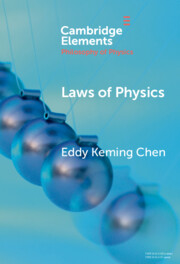
Laws of Physics
-
- Published online:
- 22 May 2024
- Print publication:
- 20 June 2024
-
- Element
- Export citation
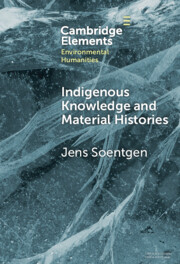
Indigenous Knowledge and Material Histories
- The Example of Rubber
-
- Published online:
- 22 May 2024
- Print publication:
- 13 June 2024
-
- Element
- Export citation
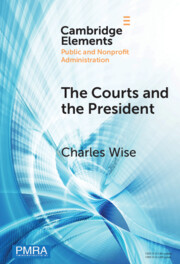
The Courts and the President
- Judicial Review of Presidential Directed Action
-
- Published online:
- 22 May 2024
- Print publication:
- 20 June 2024
-
- Element
- Export citation
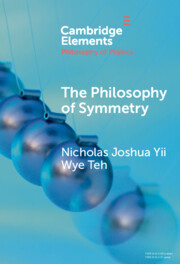
The Philosophy of Symmetry
-
- Published online:
- 21 May 2024
- Print publication:
- 20 June 2024
-
- Element
- Export citation
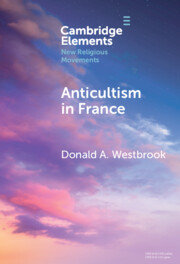
Anticultism in France
- Scientology, Religious Freedom, and the Future of New and Minority Religions
-
- Published online:
- 21 May 2024
- Print publication:
- 13 June 2024
-
- Element
- Export citation
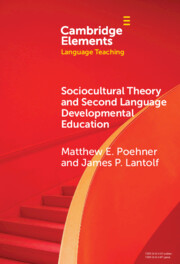
Sociocultural Theory and Second Language Developmental Education
-
- Published online:
- 21 May 2024
- Print publication:
- 06 June 2024
-
- Element
- Export citation
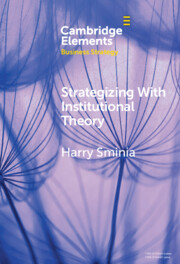
Strategizing With Institutional Theory
-
- Published online:
- 21 May 2024
- Print publication:
- 13 June 2024
-
- Element
- Export citation
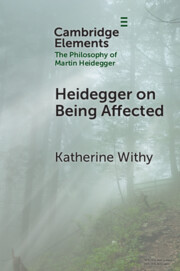
Heidegger on Being Affected
-
- Published online:
- 21 May 2024
- Print publication:
- 20 June 2024
-
- Element
- Export citation
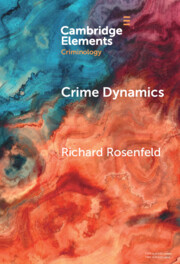
Crime Dynamics
- Why Crime Rates Change Over Time
-
- Published online:
- 21 May 2024
- Print publication:
- 20 June 2024
-
- Element
- Export citation
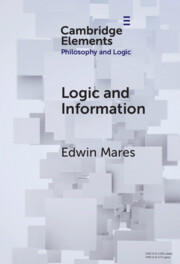
Logic and Information
-
- Published online:
- 20 May 2024
- Print publication:
- 13 June 2024
-
- Element
- Export citation
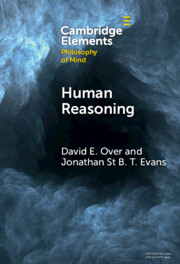
Human Reasoning
-
- Published online:
- 20 May 2024
- Print publication:
- 20 June 2024
-
- Element
- Export citation
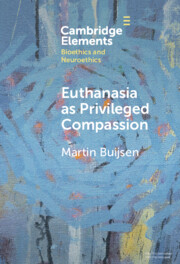
Euthanasia as Privileged Compassion
-
- Published online:
- 17 May 2024
- Print publication:
- 13 June 2024
-
- Element
-
- You have access
- Open access
- HTML
- Export citation
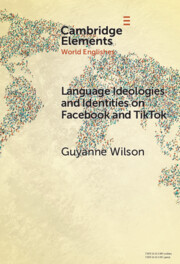
Language Ideologies and Identities on Facebook and TikTok
- A Southern Caribbean Perspective
-
- Published online:
- 17 May 2024
- Print publication:
- 06 June 2024
-
- Element
- Export citation
